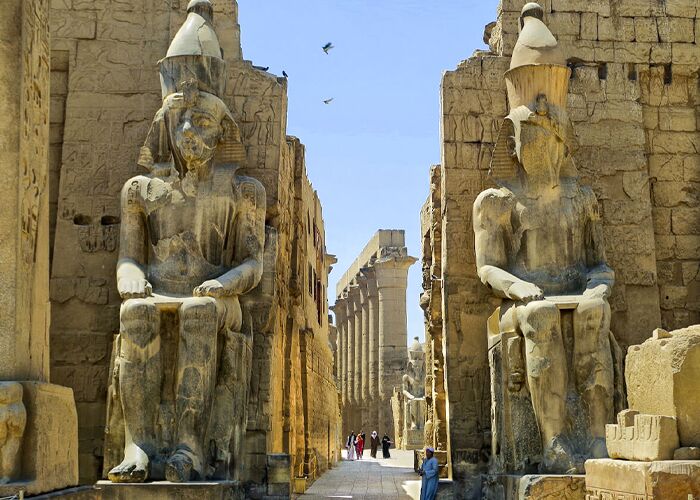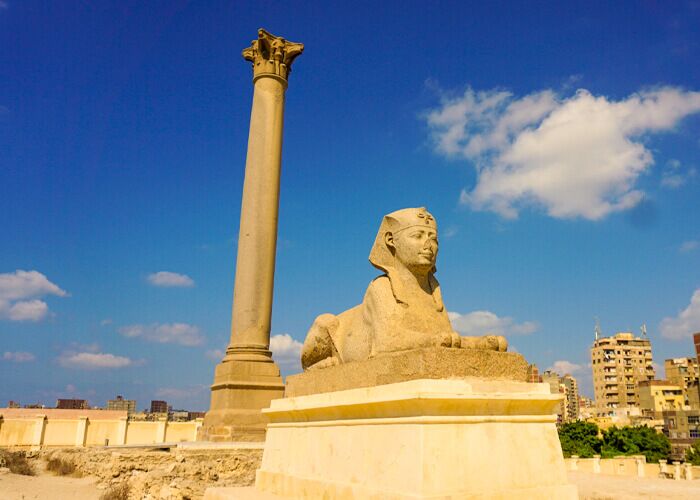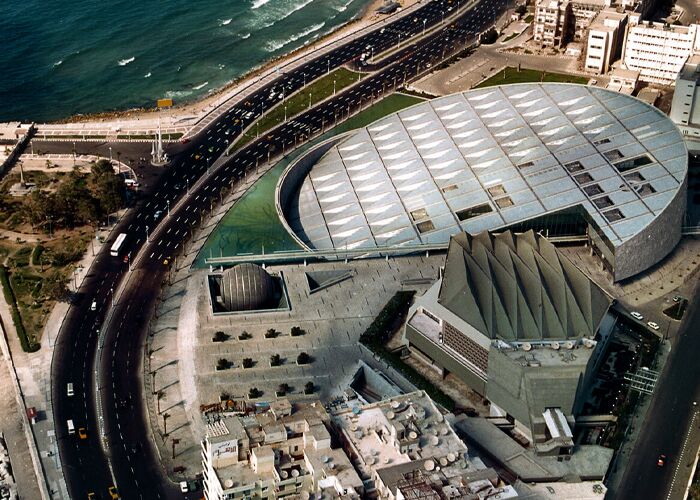About the Karnak Temple in Egypt
The Karnak Temple in Egypt is the biggest religious building ever built and the biggest temple in the world.
“Thebes” is in the city of Luxor.
The Karnak Temple was also called the Temple of Amon. Day trips and tours in Luxor
In the Middle Empire, it was called “Ipet-Isu,” which means “The best of places.” It was also known as “Pr-Imn,” which means “House of Amon.”
From 2055 B.C. to about 100 A.D., or 2000 years, it was built. Find out about now Tours
The complex of temples at Karnak in Egypt
There are several temples that make up the Karnak Temple in Egypt.
Find out more at the Museum of Luxor. Amon-Ra, the male god of Thebes, owns the largest of these areas and the centre of the temple, which is 61 acres in size.
We can see his wife, the Mut, and more temples to the south of the central area.
Such as the Temple of Jonsu, the Temple of Ptah, the Temple of Ipt, the Temple of Osiris, and the Temple of Montu.
The Temple of Karnak was not only for the gods, but also for the Egyptian rulers who wanted to be remembered.
So, they left their mark on architecture over time.
From the beginning of the ancient empire, through the middle empire, the new empire, and the Ptolemaic dynasty.
Columns at the Karnak Temple
The First Tower:
The first pylon is at the end of a row of sphinxes with ram’s heads. The ram’s head is a symbol of the god Amon.
On each side of the temple, there are 20 rams that were built to protect it.
The main entrance to the temple is through the first pylon, which was the last building to be built at Karnak.
Things to Do in Luxor: Top Luxor Attractions gives a quick tour of the city.
The Big Open Courtyard:
In Egypt at the Karnak Temple The big patio is 100 metres long and 80 metres wide, and it has ten columns with papyrus tops.
Each column is 21 m tall, and there is only one left. It is called the kiosk of Taharqa, after the fourth king of the XXV Dynasty.
There is also a statue of Ramses II, which shows the king with the two crowns of High and Low Egypt. At his feet is a statue of his wife, whoștiis his queen.
The Big Hypostyle Hall:
The most interesting building at the Karnak Temple in Egypt is the Great Hypostyle Hall.
It is 103 m long and 52 m wide, and it has 134 huge stone columns. The 12 biggest columns are 22.40 m tall and 3.5 m in diameter, while the rest are 14.75 m tall.
King Seti, who ruled from 1290 to 1279 B.C., built the hall at first.
The battle of Seti is written on the outside walls of the northern hall, while Ramses II’s peace treaty with the Hittites is written on the south wall.
Sacred Lake: –
Egypt’s Karnak Temple has a sacred lake that is 120 m by 77 m, making it the biggest of its kind.
It was dug up by King Tuthmosis III (1473–1458 B.C. ).
It was used by priests to clean themselves and for other rituals, like navigating.
It was where the holy geese of Amon lived.
Stones line the edges of the lake, and stairs lead down to the water.
Around the lake, we can find the priests’ stores and their rooms.
Egypt via travel can take you to more places.
Many people come from all over the world to see the Karnak Temple, which is one of the most important places to see in Egypt.
If you want to see this historical site and the other archaeological sites in Egypt, check out our travel packages to Egypt and choose your trip. You can also take a tour on an Egypt Nile cruise between Luxor and Aswan, which is the most exciting thing to do in Egypt.





